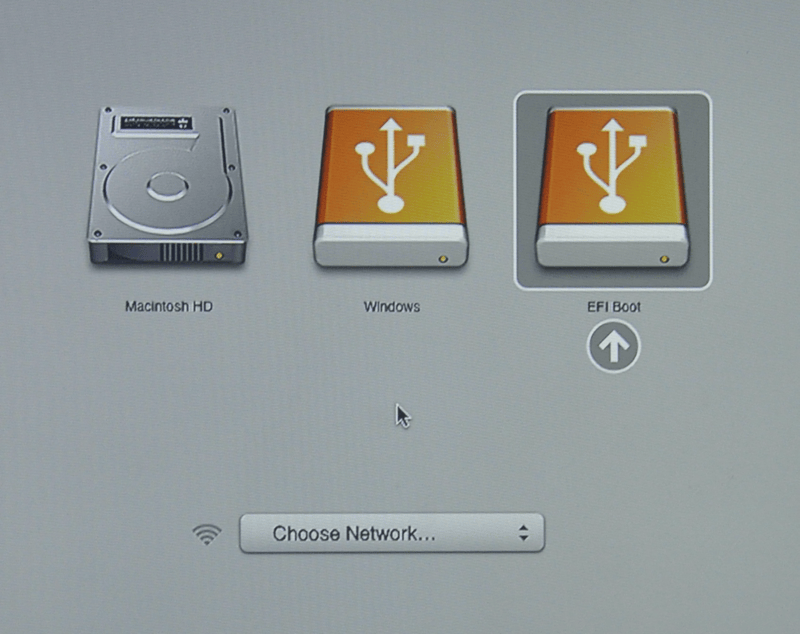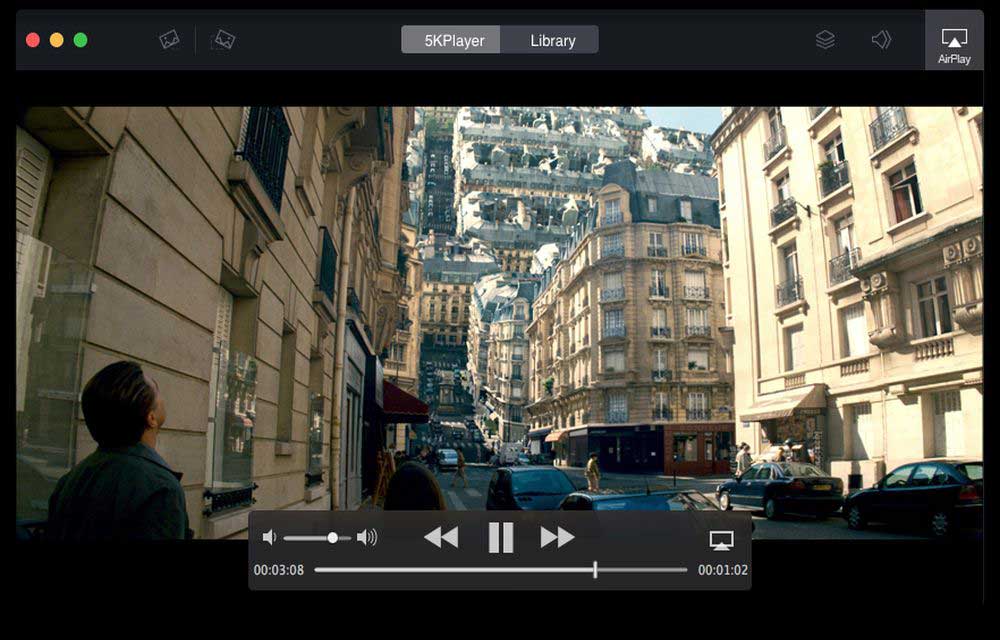

The first thing to know is that JavaScript for Automation scripts are meant to be written in Apple’s Script Editor app. Rather, the purpose of this writing is simply to give you the tools to get started with JXA and enable you to do some basic automating of applications using supported method calls or UI automation. I am not going to get into the JXA Objective-C bridge, as I do not know Objective-C, so that most powerful section of JXA is beyond my scope. If you do know JavaScript, this article is not meant to teach you every aspect of JXA either. If you read any further, I am assuming you already have at least a basic knowledge of JavaScript in its web implementation, and simply want to transition from scripting websites to scripting Mac apps. This article is not a comprehensive tutorial on the JavaScript programming language. Eventually I was able to figure these things out, so now I’m back to share what I learned.
#Setting default player os x yosemite how to#
The result was quite a few wasted hours trying to figure out some of the most basic parts of JXA, such as proper syntax of method calls, which method calls worked with which apps, and how to identify UI Elements in order to trigger them with UI automation. I’ve never gotten around to learning AppleScript, so articles based on the classic OS X automation language were not much help either, although I’m not sure how much they would apply anyway.

Since JXA is so new, there obviously was not much information to go by. Before writing that section of the article, I wanted to learn the basics of JXA in order to be sure that I understood what I was writing about and wasn’t just blindly summarizing the contents of the JXA release notes and WWDC Session Video. The second half was a basic overview of JavaScript for Automation (JXA) (the new addition to OS X scripting languages) joining AppleScript.

Last month I wrote an article for MacStories on the extensibility and automation changes in OS X Yosemite.


 0 kommentar(er)
0 kommentar(er)
